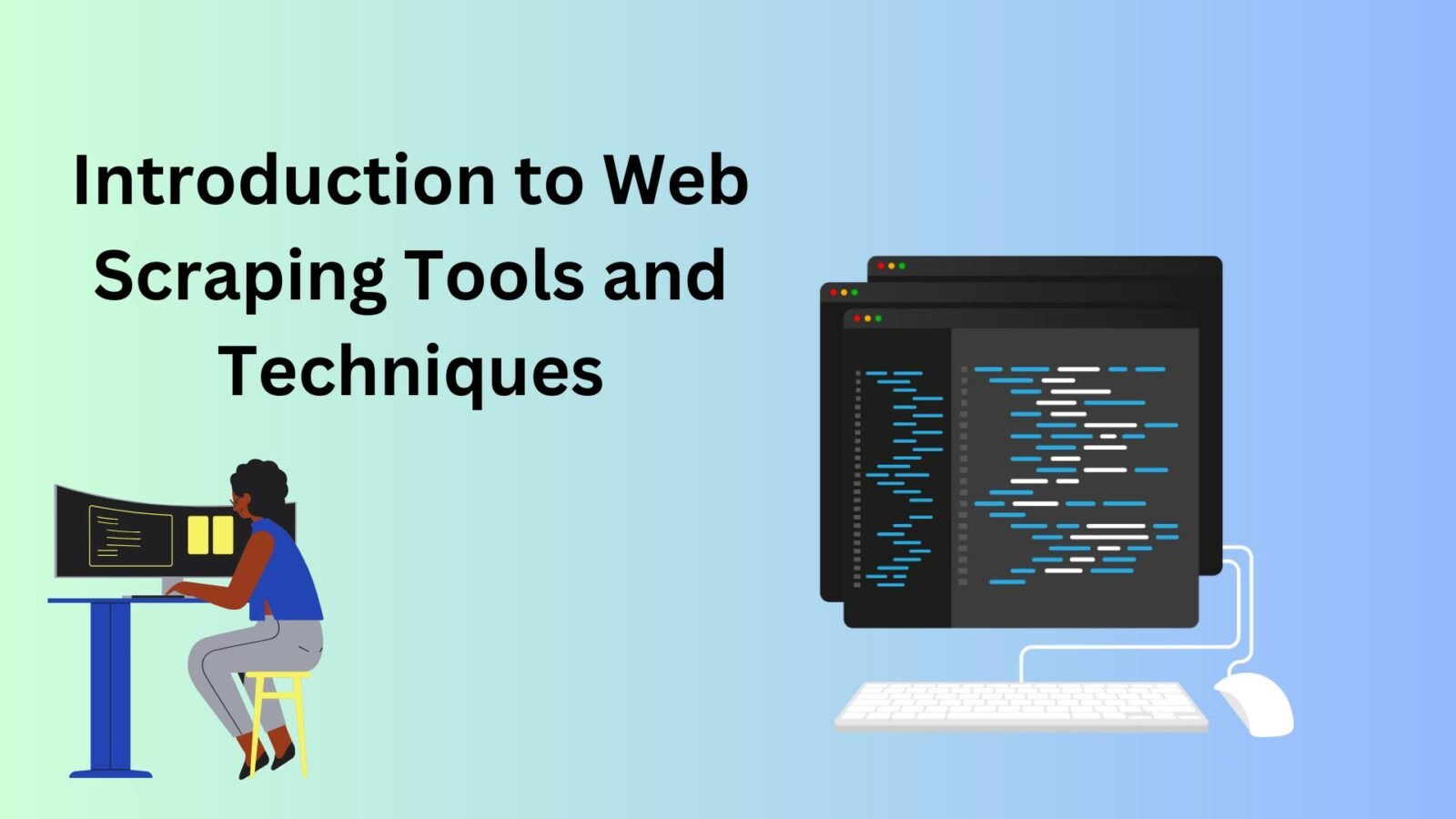Many users in various industries often need access to the vast quantity of information available on the internet. Web scraping is one way to automate the process of extracting this information. This article contains the fundamental ideas, techniques, and tools that allow people and organizations to gather information and automate processes. It will also address web scraping strategies. Whatever your interest in data, whether you’re a researcher, a business professional, or a student, learning about web scraping tools may be extremely helpful to you.
What is Web Scraping?

Web scraping is the process of extracting data from websites and web pages using web scrapers. Web scrapers are a type of tool or specialized software built specifically for scraping. These programs collect information from websites, such as text, images, pricing, contact information, or any other structured data.
What are the Best Web Scraping Tools?
Shown below are some of the best web scraping tools available in 2023.
1. Zenscrape
Zenscrape is a flexible web scraping program that is well-known for its effective proxy handling. Users may easily scrape websites using it while avoiding IP limitations and maintaining their anonymity.
2. Scrappy
Scrapy is an open-source Python framework that offers multiple tools for web scraping. It is often used to retrieve structured data quickly and easily from web pages.
3. Beautiful Soup
Beautiful Soup is a Python web scraping module that makes it easier to parse HTML and XML information. It’s ideal for browsing the tags and components of web pages to extract data from them.
4. Octoparse
Octoparse is a simple web scraping tool with a visual interface. Both novices and professionals may use Octoparse since it is easy to use.
Proxy Scraping for Anonymity and Reliability

Maintaining anonymity and reliability are major factors to consider when online scraping. It’s important to use methods like proxy scraper since websites frequently ban or restrict access to scrapers in order to secure their data. Proxy scraping involves routing your web scraping requests through a network of proxy servers to achieve two main goals. By concealing your IP address and location, proxy scraping helps maintain your anonymity and makes it more difficult for websites to detect and ban your scraper. Secondly, the proxy scraper process can distribute your scraping requests across multiple IP addresses, reducing the risk of rate limiting or IP bans by websites. This ensures that your web scraping operation remains reliable and uninterrupted.
Best Practices for Web Scraping

To ensure a successful and ethical web scraping operation, it is important to follow best practices. Start by selecting the appropriate scraping tool or web scraper API that aligns with your specific needs and objectives. Respect the terms of service and robots.txt file of the website you are scraping to avoid any legal or ethical issues. Implement strong error handling and exception management to handle unexpected situations gracefully. To avoid overloading servers and getting banned, utilize rate limiting and delays in your scraping process, or consider using a proxy scraper for anonymity and reliability. Keep a close eye on any changes in website structure and update your scraping scripts accordingly. Last but not least, give the highest priority to data security and privacy by protecting your scraped information and preventing illegal access.
Web Scraping Techniques to Avoid Limitations

Web scraping has its own set of difficulties and restrictions. However, given below are some web scraping techniques that allow us to avoid these limitations.
- Continuous Monitoring and Adaptation: Keep track of any changes or updates to the target website on a regular basis. Automated surveillance tools can notify you of any modifications and allow you to swiftly adjust your scraping scripts.
- User-Agent Rotation: To bypass IP limitations and anti-scraping measures, alternate User-Agents in your HTTP headers. This will make your requests look more like those of a regular user.
- CAPTCHA Solvers: Integrate CAPTCHA-solving services or tools into your scraping process. These services can automate CAPTCHA solving and reduce interruptions.
- Ethical Scraping: Practice ethical scraping techniques by avoiding aggressive scraping that can overload a website’s server. Implement rate limiting and respect the website’s terms of service.
- Proxy Rotation and IP Rotation: Use a pool of diverse IP addresses for proxy scraping. Rotate proxies to avoid IP blocking and enhance anonymity.
Conclusion
Web scraping gives you access to the vast amount of readily available online data. You may ensure a successful, moral, and efficient online scraping process by following best practices, including careful tool selection, sticking to website policies, and using strong error handling and proxy scraping sparingly. With the right scraping tool, proxy scraper methods, and web scraper APIs, web data becomes more accessible. Therefore, Web scraping is an important skill set for people who work with data, academics, and professionals. Maintaining morale and acceptable data practices provides opportunities for innovation, correct choices, and advancement.
FAQs
What are web scraping techniques?
The use of HTML parsing, scraping tools, and APIs are just a few of the online scraping techniques that are available for gathering data from websites.
Is there a free web scraper?
Several scrapers like Zenscrape provide a rather generous free plan that gives 1000 API requests per month.
Is web scraping easy?
Depending on the task’s complexity and your knowledge of scraping tools and programming languages, web scraping can be simple or difficult.
Which language is best for web scraping?
Due to its many libraries, like BeautifulSoup and Scrapy, as well as its readability and versatility, Python can be considered one of the best languages for web scraping.
















